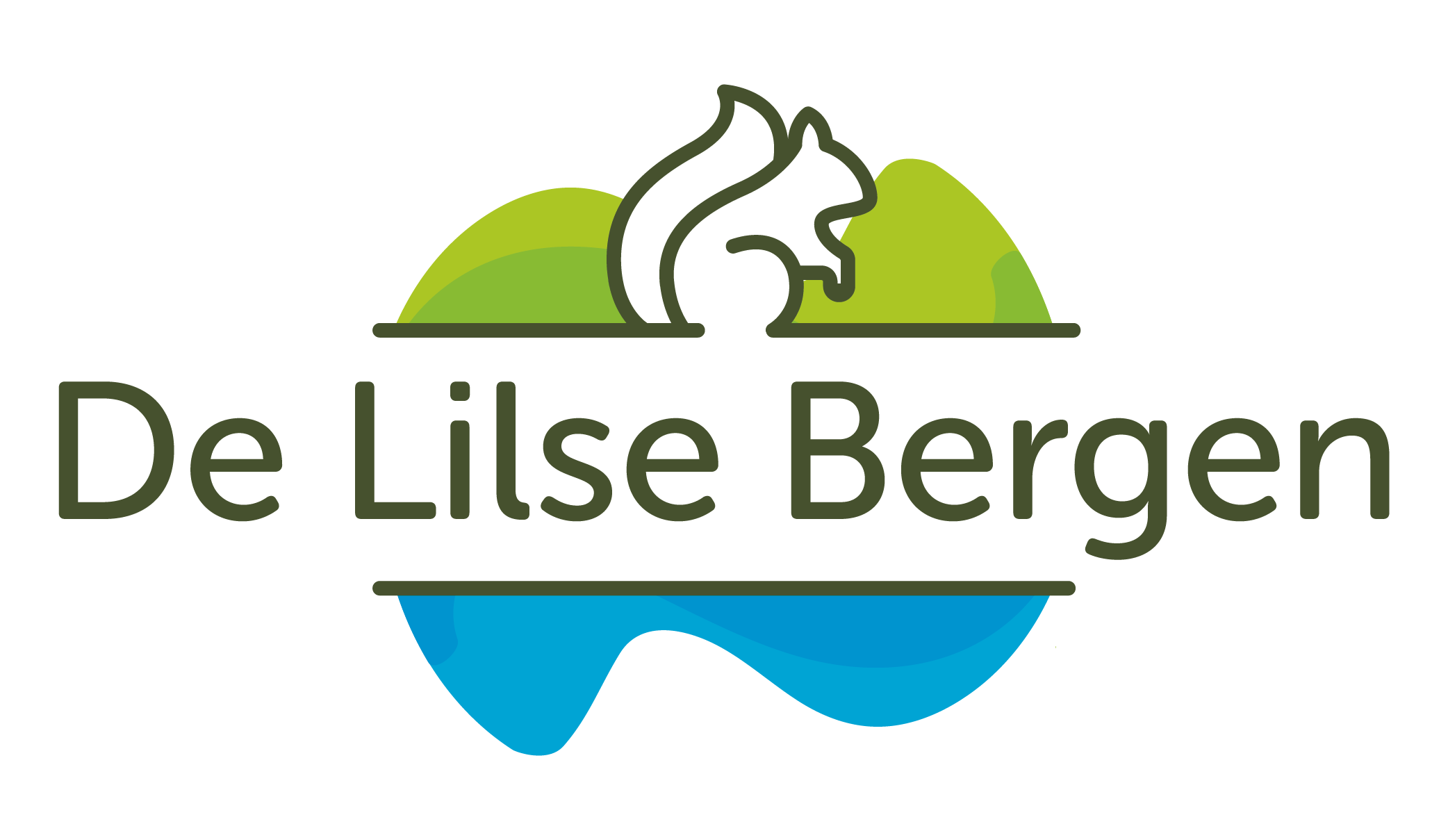Back to the Old Kempen

The typical Kempen forest landscape in which De Lilse Bergen is nestled is relatively new. Once, these sandy grounds were covered mainly by heathlands, where sheep would graze and nibble away at any plants attempting to grow taller than a shrub. Historical records as far back as 1055 mention vast heathlands.
Where the heath failed to protect the loose sand from wind erosion, large sand dunes would form. In the depressions between these dunes, fens were created. These fens are vital for the Kempen, a region that is otherwise poor in water. Thanks to these fens, flora and fauna that thrive near water have a suitable habitat here.
From the 19th century onward, the landscape changed. Pines were planted on the heathlands en masse. The increasing demand for timber turned the Kempen into a major supplier of beams, planks, and other wood products. Consequently, the heathlands began to diminish under the pressure of afforestation.
This walk provides a beautiful snapshot of those old Kempen landscapes. You’ll pass through several areas where heathlands are being restored, such as the nature reserves of Epelaar and Schrieken. In the Visbeek Valley, you’ll encounter wetter areas, including small fens. The Warandevijver, at the end of the walk, is not a fen but rather a sand pit created during the construction of the E34.
